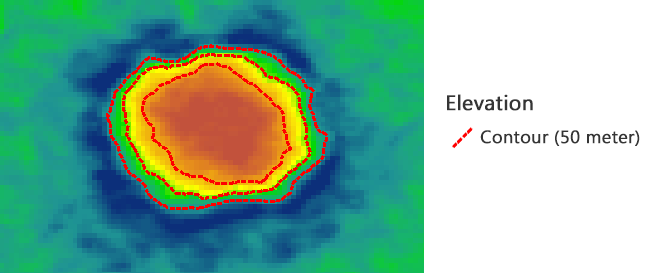

NSW Department of Education's information on curriculum taught in NSW schools, Aboriginal education and communities & personalised support. Selective high schools and opportunity classes.Information about NSW public education, including the school finder, high school enrolment, school safety, selective schools and opportunity classes. Plus, information for parents including how to choose a service and supporting your child for their transition to school. The ‘ indicates units of feet.Information about working in or operating early childhood education services including outside school hours care. First, the legend or information around the rim of the map may say something like “contour interval = 20 feet” or “contour interval = 20 meters.” Maps that use units of feet for elevation may mark contour lines with units such as 400′. There are a couple of clues that will help you determine the elevation units on a map. However, international maps and maps of elevation of the ocean floor (bathymetry) are often marked in meters. In the US, standard topographic maps have elevation marked in feet above mean (average) sea level.

If a point is halfway between two contour lines, it will be about halfway between the elevations of those two contour lines. The elevation of a point located in between two contour lines can be estimated by interpolating between the lines.

The elevation of an unlabeled contour line can be determined by knowing the contour interval and looking at adjacent contour lines. To avoid clutter, not every contour is labeled. The elevation for each contour line is sometimes marked on the line. The contour interval is the difference in elevation between adjacent contour lines.

On topographic maps, each contour line connects points at the same elevation. A portion of a topographic map, including the contour interval label. We will use many of these concepts in this module.įigure 6 shows a portion of a modern topographic map. Watch this video which explains many of the concepts of contour lines.


 0 kommentar(er)
0 kommentar(er)
